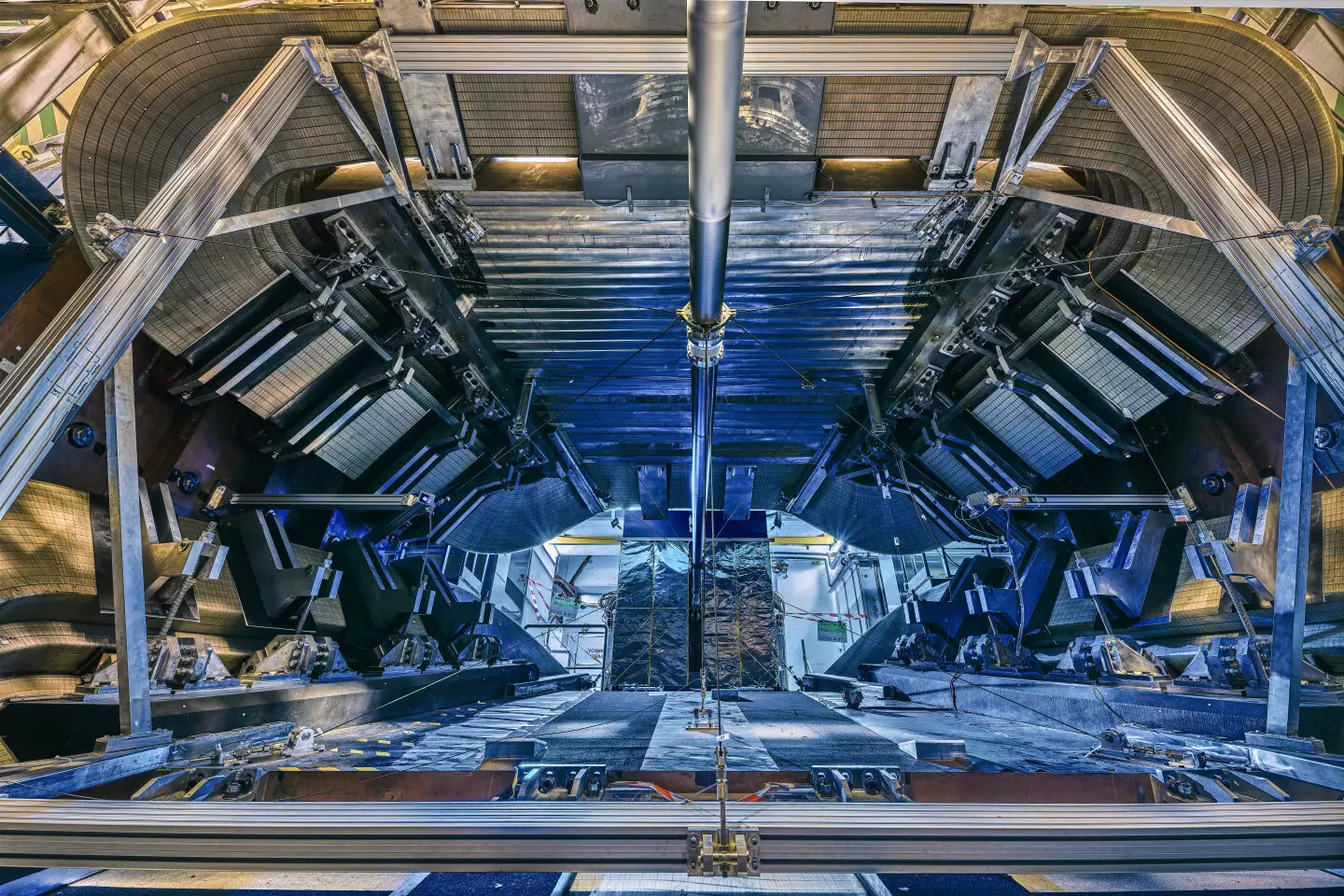In the realm of quantum physics, the behavior of particles can be truly baffling. One intriguing phenomenon is the oscillation of particles composed of different quarks into their antimatter counterparts and vice versa. For example, the neutral D meson, consisting of a charm quark and an up antiquark, can spontaneously transform into its antimatter partner. This quirk of nature has captured the attention of researchers at CERN, particularly the LHCb collaboration at the Large Hadron Collider (LHC). Their recent seminar shed light on the ongoing search for matter-antimatter asymmetry in the oscillation of the neutral D meson, with implications for understanding the mysterious matter-antimatter imbalance in the universe.
Within the framework of the Standard Model of particle physics, the weak force induces an imbalance between matter and antimatter known as CP violation. This asymmetry is particularly evident in particles containing quarks, adding to the complexity of the matter-antimatter puzzle. While known sources of CP violation are challenging to study and insufficient to explain the cosmic imbalance, scientists are actively seeking new sources and refining their understanding of existing ones. The quest for CP violation in the oscillation of the neutral D meson represents a crucial step towards unraveling this cosmic mystery.
The LHCb researchers have embarked on a mission to measure the parameters that govern the matter-antimatter oscillation of the neutral D meson with unprecedented accuracy. By analyzing the full data set from Run 2 of the LHC and combining it with previous results, they have achieved the most precise measurements to date. Despite the consistent confirmation of matter-antimatter oscillation in the neutral D meson, no evidence of CP violation has been detected in the current analysis. These findings pave the way for future investigations using data from the third run of the LHC and its upcoming upgrade, the High-Luminosity LHC.
Unveiling Cosmic Clues
As the exploration of particle physics continues, avenues for discovery must remain open. The study of other decays of the neutral D meson, such as into pairs of kaons or pions, offers further insight into CP violation and matter-antimatter oscillation. Notably, the observation of CP violation in particles containing charm quarks and the measurement of oscillation speed in certain decay modes highlight the multifaceted nature of cosmic mysteries. The relentless pursuit of clues to the matter-antimatter imbalance in the universe underscores the dedication of scientists to unraveling the enigmas of the cosmos.
The intricate dance of matter and antimatter at the quantum level continues to captivate researchers at CERN and beyond. The search for new sources of CP violation and the meticulous study of known phenomena represent essential steps towards understanding the cosmic imbalance. With each precise measurement and insightful observation, scientists edge closer to unraveling the mysteries that have perplexed humanity for generations. The quest for knowledge knows no bounds, and the exploration of particle physics promises a deeper understanding of the fundamental forces shaping the universe.


Leave a Reply